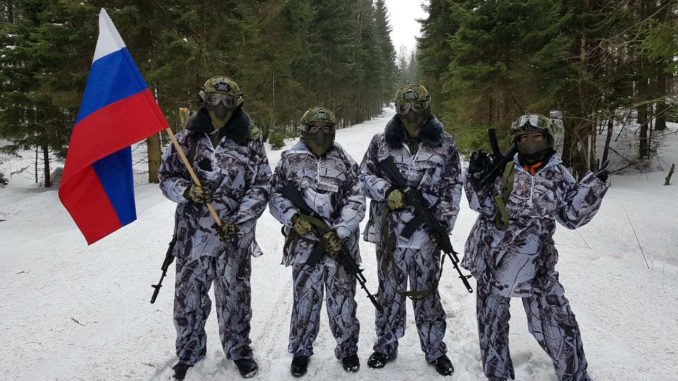
By Ostin Merkle-Lawlor
Due to an aging population and falling birth rate compared to other industrialized countries, from 1991-2012 the national population of the Russian Federation declined considerably, especially in the large urban centers of St. Petersburg and Moscow. However, since about 2009, the national population has begun to grow once again, despite a very low birth rate. The main factor in this growth has been post-Soviet migration. Within the last decade, the majority of recent labor migrants in St. Petersburg, Moscow and other major urban centers in the north have been young men and women from Central Asia, primarily from Uzbekistan, Tajikistan and Kyrgyzstan, all former Soviet states, coming to work in service, transportation and seasonal occupations. The economic incentives for a higher standard of living are certainly a primary factor, which has come to manifest itself in remittances. For example, in 2013, the World Bank reported that remittances accounted for 49 percent of Tajikistan’s GDP alone.
Many workers from these countries migrate from season to season or every few years, maintaining transnational connections with a diverse pattern of migration. Although familial migration makes up a very small portion of current statistics, the children of Central Asian migrants and other non-Eastern European migrants from the Caucuses, are becoming a more prevalent demographic in public schools. Recent research among St. Petersburg residents has also revealed a common trend of isolation between locals and migrants, furthering greater fears of “mini-ghettos” and increased crime rates in areas where migrants live. For example, a social housing project for migrant laborers in St. Petersburg has been hotly debated since its proposal, with its critics citing the failure of such “enclaves” in western Europe, arguing that such places would only further isolate migrant communities and create crime-prone areas.
Today, large questions remain as to what all these changes mean for the social, economic and political future of Russia, especially in St. Petersburg and Moscow. Fears of potential ethnic tension and debates over integration versus transnationalism have revealed anxieties about race, culture, the nation and demographic change that history is no stranger to. Most recent labor migrants from Central Asia are young men who come from rural areas outside post-Soviet cities where Russian continues to be the predominant spoken language. As of 2015, the government’s official response to complaints of their cultural incompatibility and lack of knowledge on Russian law was a required test on Russian language, the state’s laws and history for such labor license applicants. However, due to the needs for cheap and accessible labor in Russia, a considerably aged population, and the economic and cultural incentive for migrants to earn money and migrate to support their connections back home, the overall trend of increased migration from Central Asia is unlikely to change soon.
In regards to my own experience in Russia, I have been able to discuss this issue. Even though I have encountered views that I disagree with, they have provided more context. For example, a good Russian friend asked me if immigration in the US was a similar problem like in Russia. Although I knew his intentions were out of curiosity, similar to the condition of how migration is discussed in Russia, he characterized it as a more recent source of crime and inefficient workers, and described migrant laborers as those who do not intend to integrate into Russian society. (“Do you have a similar problem in the U.S. with migrants who work inefficiently, don’t speak the language and refuse to seriously learn it?”) When discussing migration with someone in my host family, they also described the situation in similar terms, particularly describing migration as a source of crime, economic strain for Russians, and even terrorism. (“Well, I believe it has definitely led to crime, and it makes it harder for Russians to find places to live and to work. It is mostly a political matter, but of course every terrorist has been a migrant, which is why I am against increased migration.”) Unfortunately, I have not been able to interact directly with migrants in engaged conversation, especially in regards to this issue. However, thanks to a research advisor, I am submitting potential questions for several interviews that him and his colleague will conduct and will provide a transcript for.
Since the political, economic and international future of the Russian Federation is uncertain, it is only fitting that I finish most of my writing on today’s presidential election. Regardless of the likely election result, the official state policy statement on migration through 2025 remains the same: to make Russia a destination for migrants as an economic and demographic resource, while simultaneously restricting illegal immigration and emphasizing the integration of migrants into Russian society, despite their general isolation and marginalization.
Subscribe to the Mossy Log Newsletter
Stay up to date with the goings-on at Lewis & Clark! Get the top stories or your favorite section delivered to your inbox whenever we release a new issue.

Leave a Reply